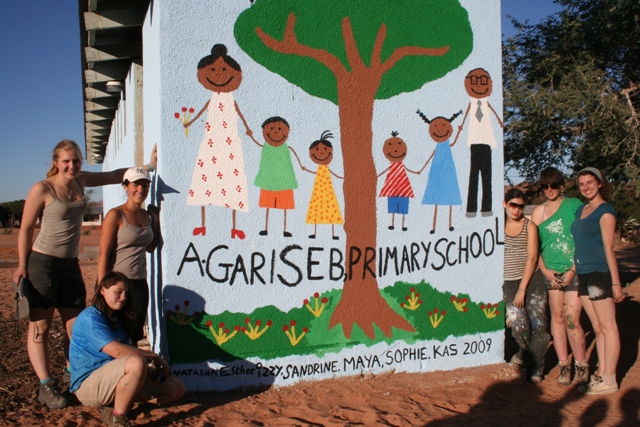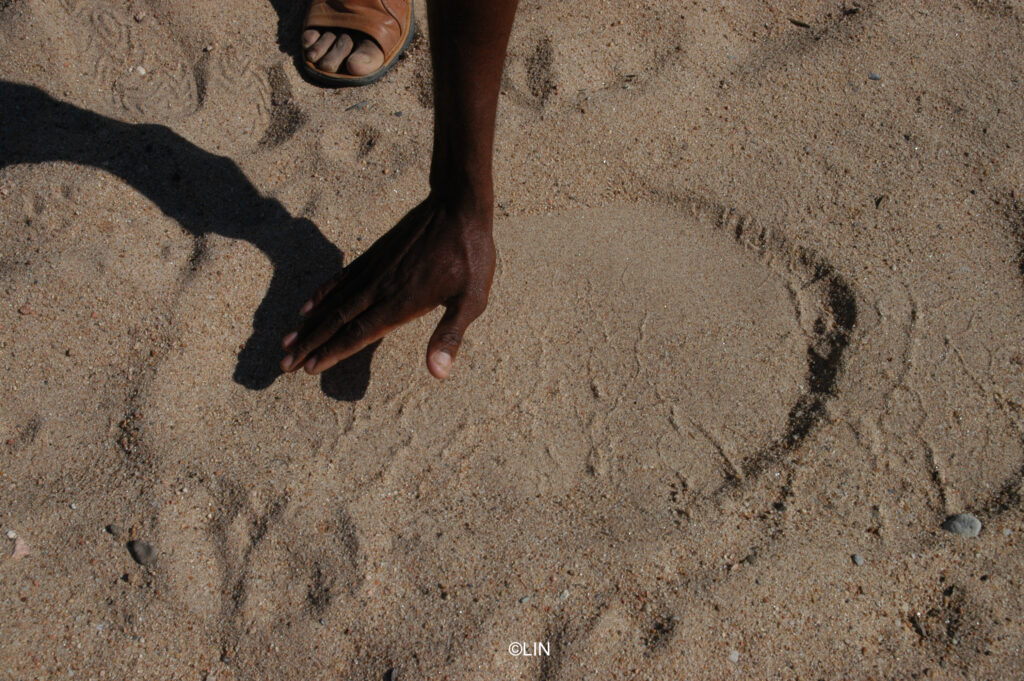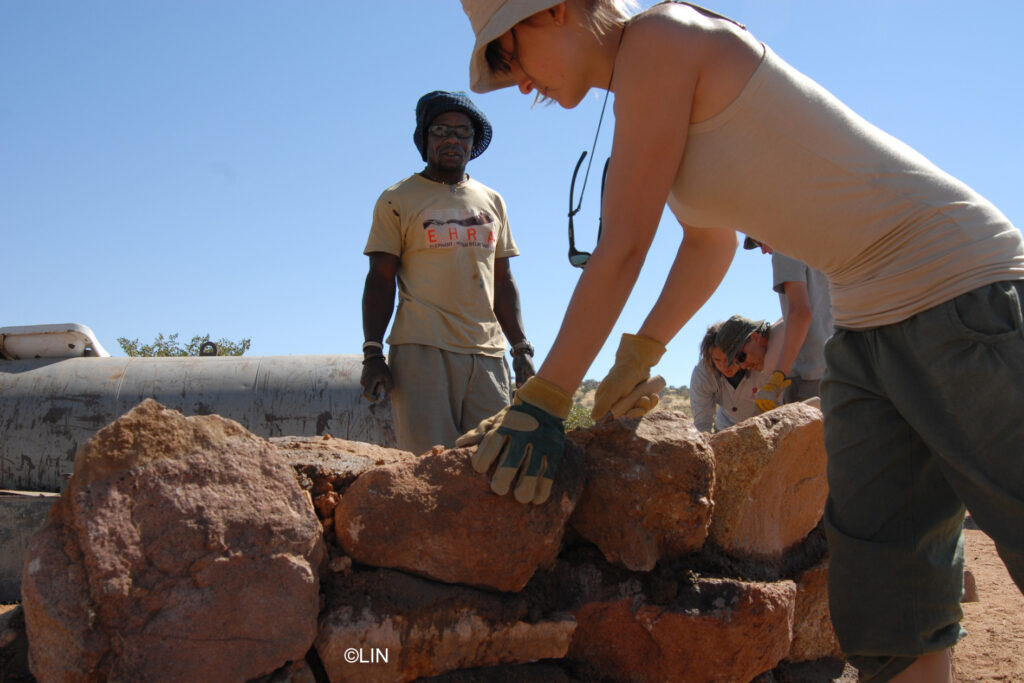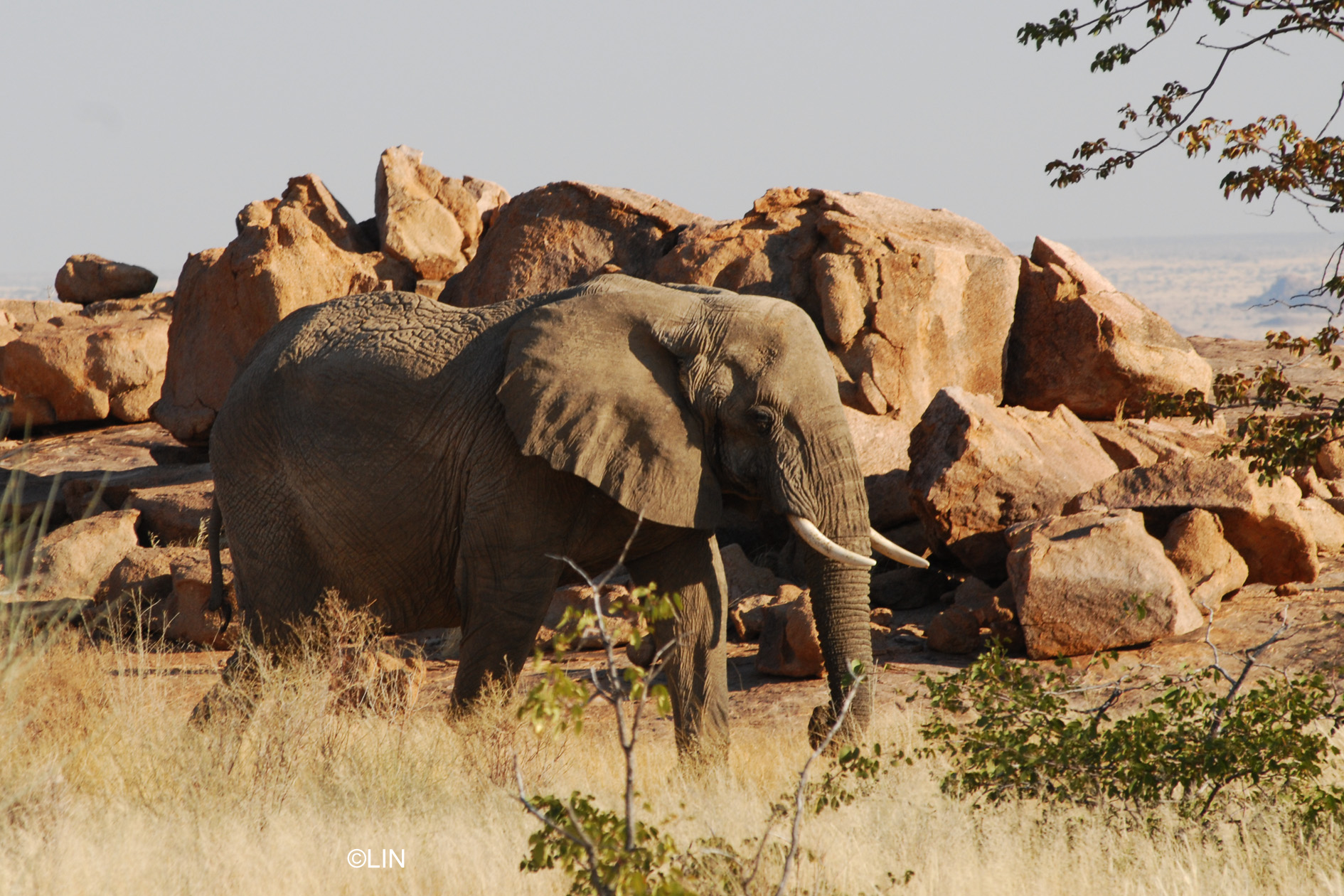Living in harmony with wildlife has always been a topic of great importance, and Namibia has found a unique way to address the issue of wildlife and human conflict. In this beautiful African country, wild animals are free to roam through communal areas occupied by residents, but this coexistence becomes challenging when communities suffer economic losses due to these animals. Elephants trample on gardens and destroy water pipes and windmills, while lions and cheetahs kill livestock. However, dedicated environmentalists and non-governmental organizations (NGOs) are working hand in hand with local communities to find sustainable solutions and enable peaceful coexistence.

One such organization that deserves recognition is Elephant Human Relations Aid (EHRA). As a Namibian registered not-for-profit organization, EHRA operates an elephant conservation and volunteer project in the Damaraland area. For several years, EHRA has been committed to finding long-term sustainable solutions to the conflict between subsistence farmers, community members, and the desert-adapted elephants.

In the 1980s, the population of desert-adapted elephants in the Southern Kunene Region of Damaraland was decimated by years of poaching and hunting. For a long time, elephants were absent from the area. However, in 1998, a bull named Voortrekker led Mama Africa’s herd back to the Ugab River, marking the return of elephants to the region. Other herds followed, and today, there are a total of 7 elephant herds in the Ugab and Huab River vicinities.
Over the past 20 years, concerted efforts by the Ministry of Environment and Tourism (MET), IRDNC, Save the Rhino Trust, and other NGOs have resulted in significant growth in the population of desert-adapted elephants. Their numbers have risen from a low of 52 individuals to over 600 elephants today. While the return of elephants is generally seen as positive, it also poses challenges for the local communities sharing their territories with these majestic creatures.

As elephants have expanded their range to territories they have not occupied for many years, conflicts have arisen with subsistence farmers who primarily rear cattle, goats, and sheep in these areas. Competition for water and grazing has intensified, leading to conflicts between farmers and elephants. Moreover, the depletion of the natural water table due to increased human usage has reduced the availability of surface water for consumption. Consequently, man-made water points located near riverbeds have become targets for elephants in their search for fresh water.
In their quest for water, elephants cause extensive damage to windmills, dams, reservoirs, hand-pumps, and wells. Additionally, as farmers’ homesteads are usually situated close to water sources, secondary damage occurs, posing threats to the lives of both humans and livestock. As tourism has gained momentum as a potential source of revenue for these communities, the value of elephants and other wildlife in communal areas has significantly increased.

EHRA, in its dedication to resolving these challenges, has devised a practical solution. Through their volunteer program, they have been constructing protective structures around water points. These structures consist of sturdy, high concrete and stone walls that safeguard critical infrastructure while allowing elephants open access to drinking water. When people know that their water supply is secure, they become more tolerant towards elephants. This simple yet effective solution, coupled with EHRA’s educational programs on elephant behavior, the creation of alternative drinking points, and the promotion of tourism in affected areas, has successfully accommodated the needs of both humans and wildlife.

The work of EHRA and other organizations involved in finding sustainable solutions to wildlife-human conflict in Namibia serves as a shining example of the possibilities that can be achieved through collaboration and innovation. By respecting the needs of both communities and wildlife, we can create a future where coexistence and harmony prevail, allowing the natural wonders of Namibia to thrive while benefiting the lives of its people.







